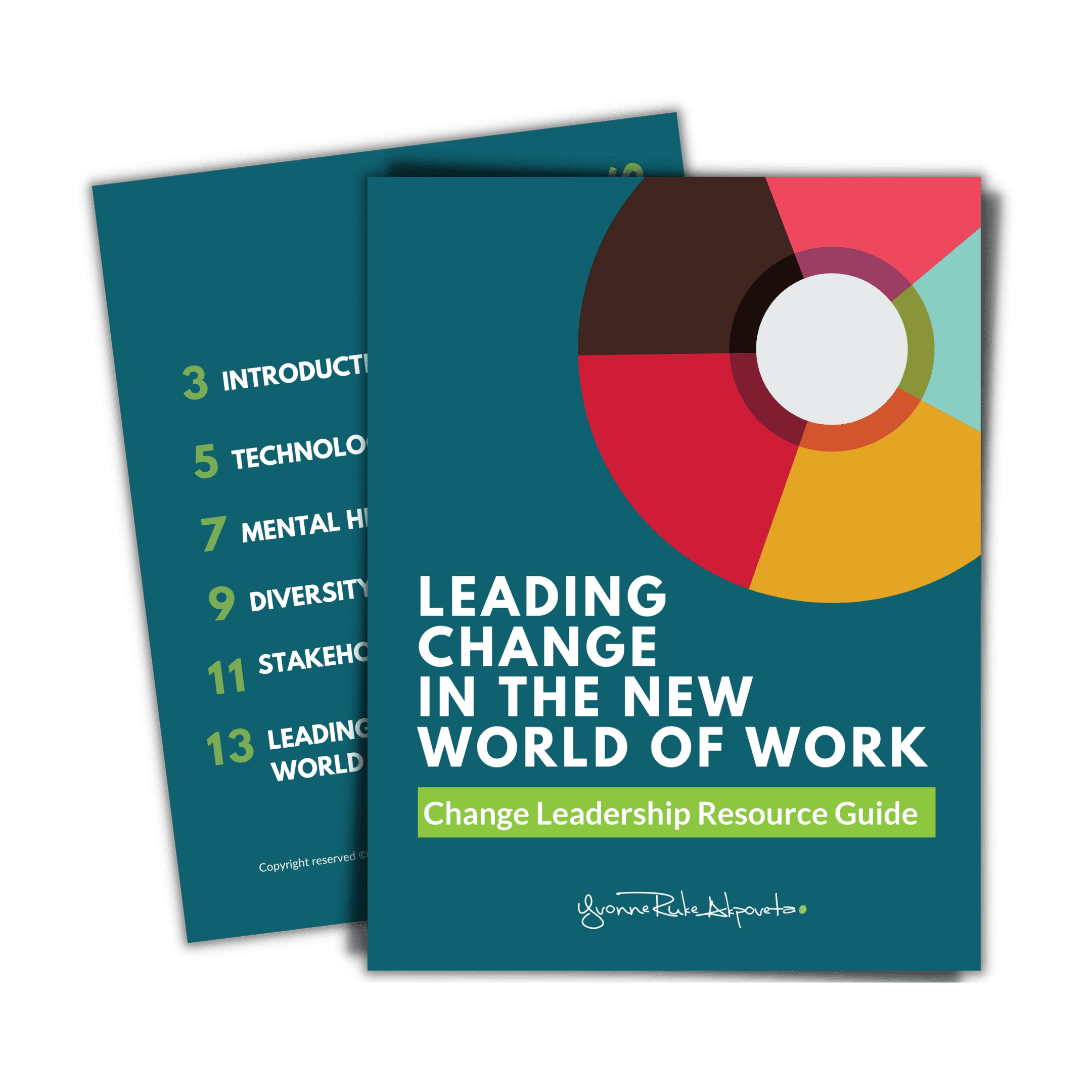Is Change Agility an Oxymoron?
Is Change Agility an Oxymoron?

There is a growing trend to figure out how to make agile work effectively within the framework of change management. In other words, change agility.
Change agility at a personal level refers to an individual’s ability to anticipate and adapt to change. How does change agility work within an organization context?
Change agility – Isn’t it an oxymoron? Typically, organizations are slow moving especially when it comes to change – right from considering what to change, to making it happen, and ensuring it sticks. Yet in a fast-paced world where companies are living and dying by how quickly they shift and innovate, change agility appears to create a way forward.
Let’s consider how agility and change fit together. In Dr Jen Frahm’s Change Management Institute presentation on her perspectives on agile change she opened with a discussion on what kind of agile are we talking about – Big ‘A’ or small ‘a’ agile.
If you are talking about scrums, sprints and similar processes that is Operational Agile – considered Big ‘A’. When we talk about lean start ups, fail fast approaches this is about the strategy of agile at the enterprise level which is small ‘a’.

Culture where we are heavily influenced by values and ‘how we do things around here’ is a combination of Big ‘A’ and small ‘a’. Culture reflects the Agile Manifesto comprised of four foundational values:
a) individuals and interactions over processes and tools
b) working software over comprehensive documentation
c) customer collaboration over contract negotiation and
d) responding to change over following a plan.
Small ‘a’ agile of strategy combined with the elements of culture is where I believe the heart of change agility breaks free from being an oxymoron. It is where you develop capabilities and senses to regularly respond better and faster at all levels of change – project, enterprise, leadership and culture.
Dr. Nick Horney and the team at Agility Consulting & Training has through more than a decade of progressive research combined with widespread practical experience concluded organization agility and hence its integration with change practices and strategies is driven by five critical elements embodied in the Anticipate/ Generate/ Initiate/ Liberate/ Evaluate (AGILE) model. This model applied across three enterprise domains (people, process and technology) will create dynamic outcomes. That outcome is the creation of focused, fast and flexible organizations (read AGILE) poised for success in an uncertain, volatile, complex and ambiguous world (read ever CHANGING).
Agility and change blended together must be driven by the leadership of an organization. Leaders need to understand their role, gain a different suite of capabilities and how to apply the AGILE model with the focused, fast and flexible mantra in mind – always.
Excellent organization change lives at multiple levels. Agility lives in three zones – culture, strategy and operations. Enterprise domains of people, process and technology need to be satisfied continuously. The intersection of change agility is where all three of these elements converge. That is where the oxymoron fades and change agility turns into reality.
Resources:
Agility Consulting and Training – Creating Agility Advantage in a VUCA world – www.agilityconsulting.com
Dr Jen Frahm’s presentation: Perspectives on Agile Change – agile Canada April 2018
Agile Uprising – www.agileuprising.com
Modern Agile – www.modernagile.org




